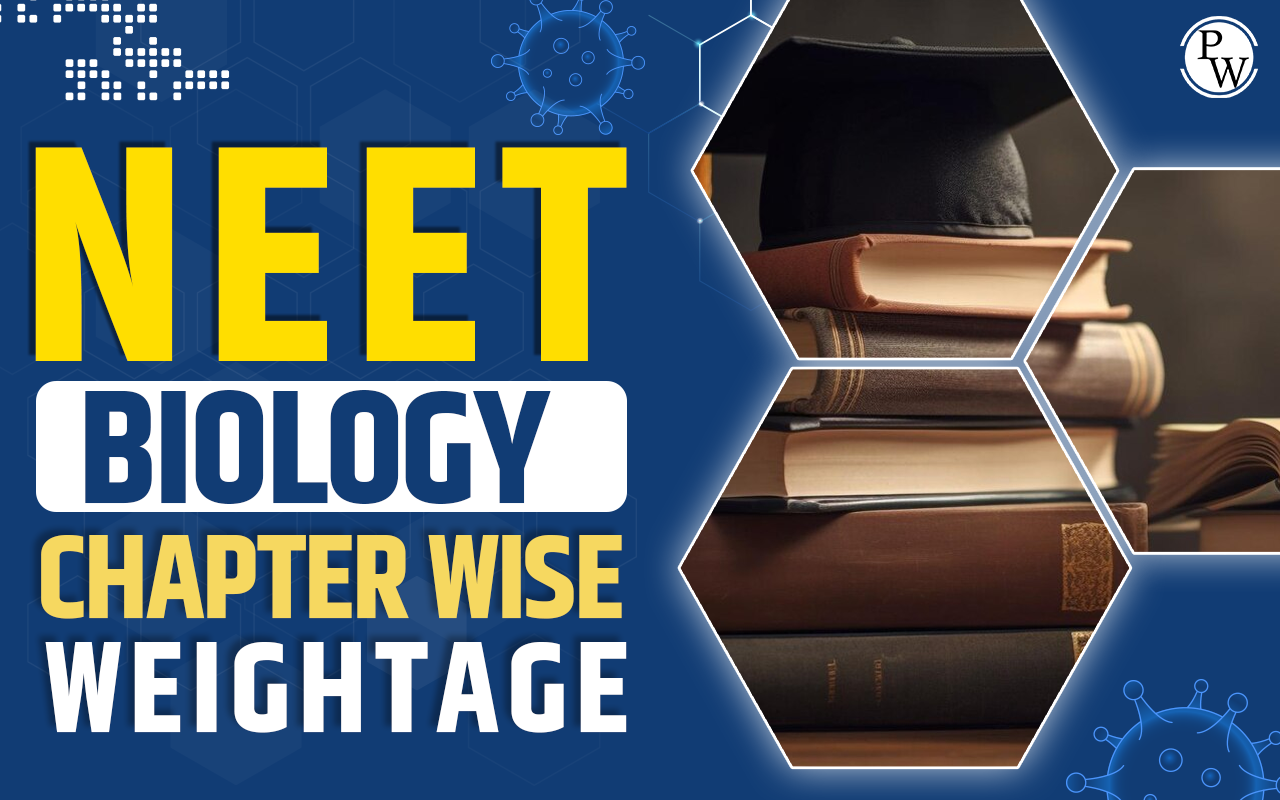
Difference Between Linkage and Crossing Over: Gregor John Mendel's experiment demonstrated that specific factors determine traits, and these factors remain stable while independently segregating during gamete formation. Mendel was unaware of these factors' exact cellular locations therefore, it was impossible to identify their physical counterparts.
| NEET Biology Syllabus | NEET Biology Diagrams |
| NEET Biology MCQ | NEET Biology Chapter wise Weightage |
| NEET Biology Notes | NEET Previous Year Question papers |
The discovery of chromosomes, the chromosomal theory of inheritance, and the mechanism of cell division were later made possible by technical advancements. The significant contributions made by geneticists to the chromosomal theory provided insight into phenomena such as Linkage and Crossing Over. The important difference between linkage and crossing over is explained in detail in this article.
Difference Between Linkage and Crossing Over Overview
Crossing over and linkage are distinct but interconnected processes that influence gene distribution on the same chromosome. These phenomena are restricted to eukaryotic cells. The likelihood of crossing over between two genes on a chromosome is directly proportional to their proximity, while their distance is inversely proportional to the degree of linkage. Crossing over occurs during gamete formation in sexual reproduction when genes are exchanged between non-sister chromatids. Genetic material swapping, also known as germline shuffling, ensures that gametes inherit a combination of genes from both parents, promoting genetic diversity in sexually reproducing organisms. Morgan first described this process in 1909, consistent with the law of segregation. Linkage, or genetic linkage, refers to the ability of closely spaced genes or DNA sequences on the same chromosome to be transmitted together from parent to gamete during meiosis in sexual reproduction. This phenomenon, which goes against Mendel's Law of Independent Assortment, necessitates that the genes be located on the same chromosome. Bateson, Saunders, and Punnett first observed this exception in 1905 while studying flower colour and shape inheritance in pea plants.Difference Between Linkage and Crossing Over
Linkage and crossing over are two interconnected but distinct processes in eukaryotic organisms. Genetic linkage, or simply linkage, refers to genes' tendency to remain clustered within a chromosome, whereas crossing over is a phenomenon in which genetic information is exchanged within the germline. Both of these processes are essential for trait inheritance. While the two events have similarities, Linkage focuses on the tendency of genes within a chromosome to be inherited together. In contrast, Crossing Over causes genes to separate and segregate into different gametes. The table below illustrates the difference between linkage and crossing over:|
Difference Between Linkage and Crossing Over |
||
|---|---|---|
| Characteristics | Linkage | Crossing Over |
| Relationship of Related Genes | Ensures inheritance together within a family | Results in separation and segregation into distinct gametes |
| Influence of Chromosome Distance | Inversely proportional | Directly proportional |
| Linkage Strength vs. Gene Distance | Strength increases as distance decreases | Strength decreases as distance increases |
| Probability of Chromosomal Crossing | Increases as genes get closer together | Increases as genes move farther apart |
| Inheritance of Parental Traits | Traits are passed down without significant alteration | Traits alternate due to chromosomal crossover |
| Impact on Progeny Traits in Reproduction | Minimizes the likelihood of significant trait differences | Potential for trait alteration or emergence of new traits |
Linkage
Genetic linkage is the process by which genes or DNA sequences on a chromosome are inherited together during the meiosis stage of sexual reproduction. For example, consider genes that influence hair and eye colour, which explains why some people have black hair and brown eyes or brown hair and blue eyes. The significance of linkage includes:- Linkage prevents breeders from combining desirable traits in a single variety.
- Because of recombination prevention, linked characters persist for many generations.
Crossing Over
Crossing over, also known as chromosomal crossover, is the exchange of genetic material between non-sister chromatids of homologous chromosomes during sexual reproduction. This phenomenon occurs frequently in similar chromosomal regions. Unlinked genetic markers are more likely to exchange information. Furthermore, as genes distance themselves from one another, the frequency of crossing over increases, resulting in a higher rate of crossover events. Genetic repair theory and bacterial transformation theory are two well-known theories that explain the concept of genetic phenomena. According to genetic repair theories, damaged DNA segments or broken strands are repaired during meiosis. According to the bacterial transformation theory, meiosis evolved to disseminate genetic diversity. However, evidence suggests that crossing over may have originated from bacterial transformation, which evolved from DNA repair mechanisms, thus linking these processes.Difference Between Linkage and Crossing Over FAQs
How do linkage and recombination differ from each other?
What distinguishes crossing over from recombination?
Who is credited with the discovery of crossing over?
How does crossing over differ from genetic variation?
Who is considered the pioneer of linkage?










